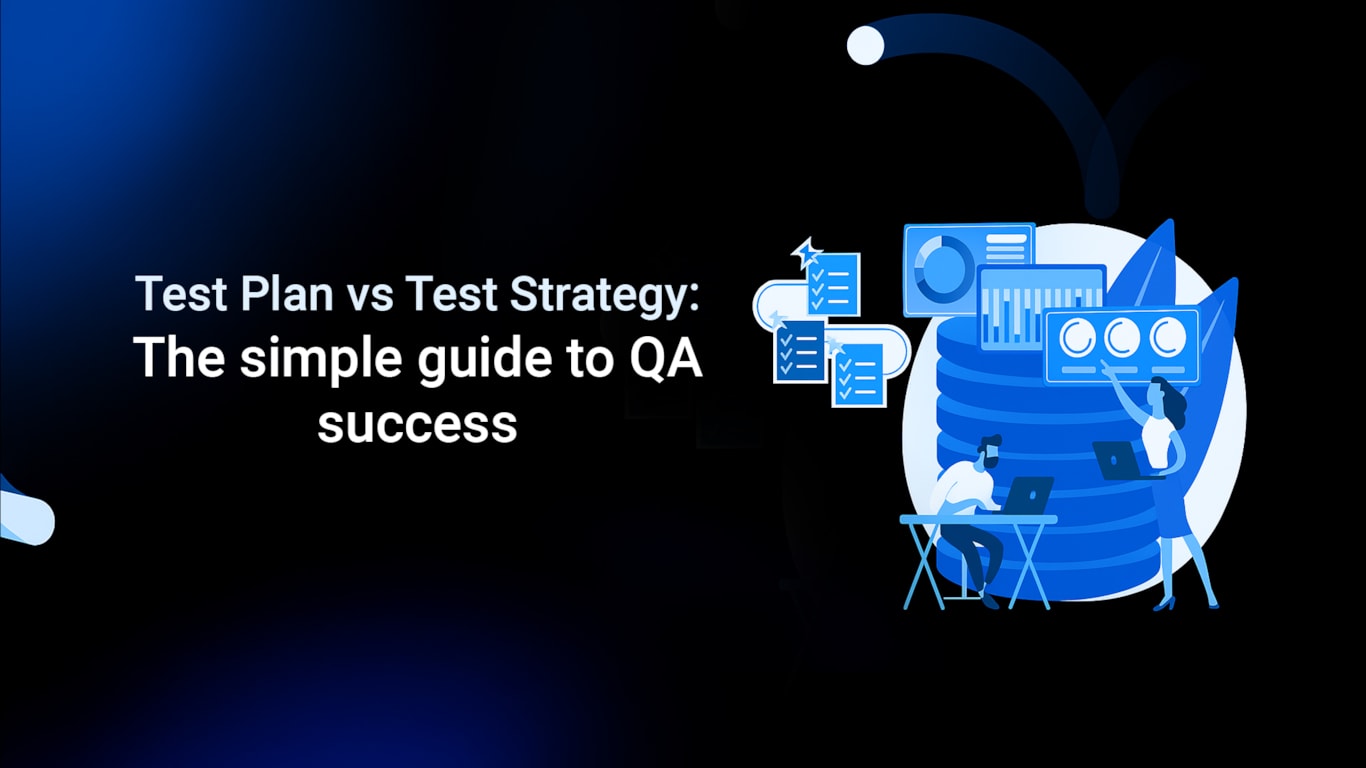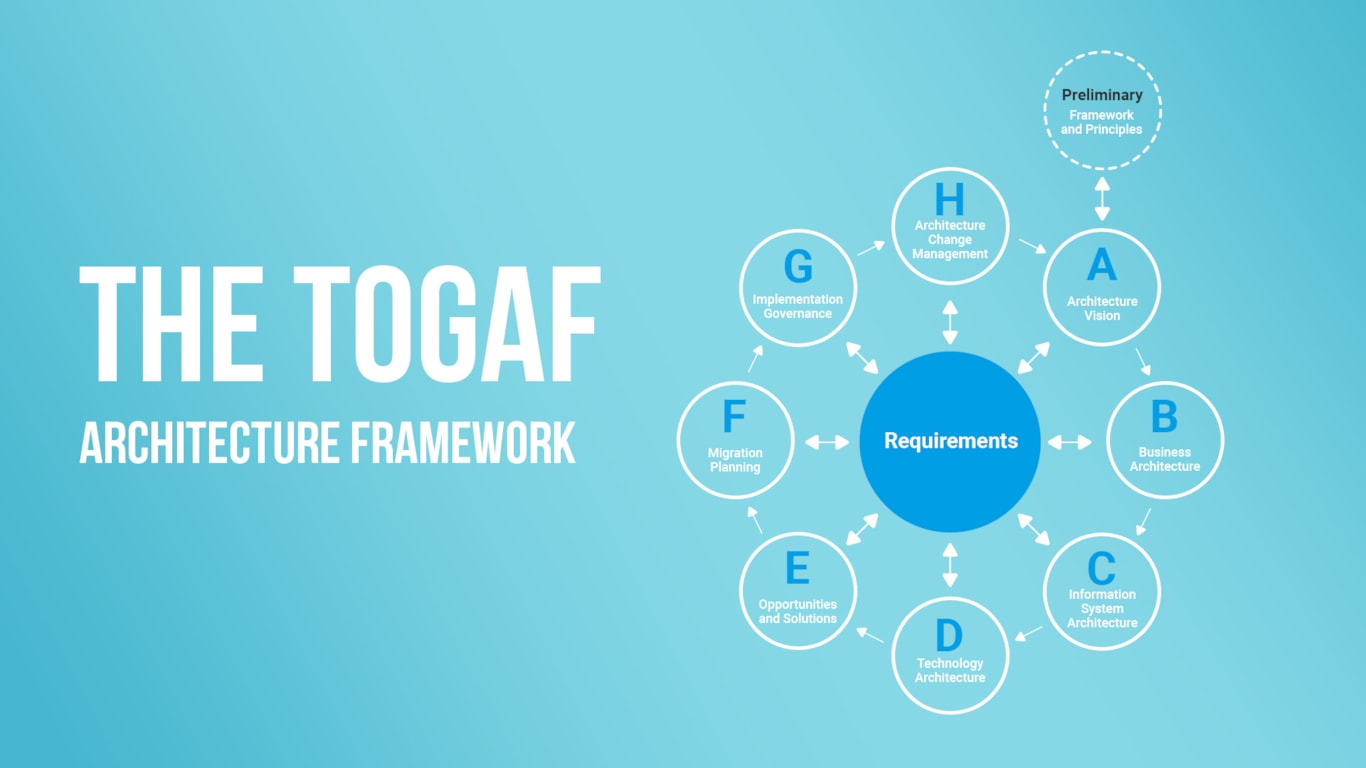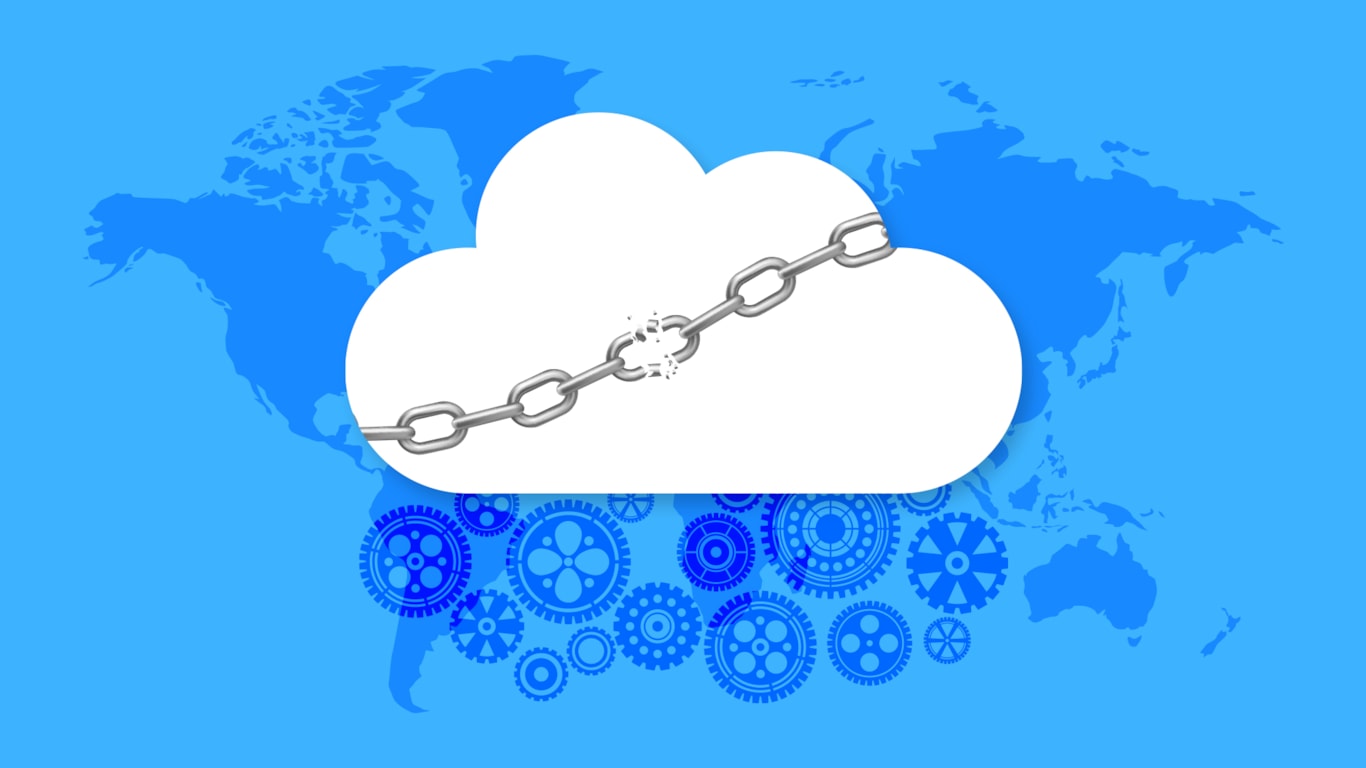
Test Plan vs Test Strategy: The simple guide to QA success
Implementing a test strategy and a test plan, essential QA documentation, provides the framework and clarity every business needs to ensure reliable, high-quality software delivery.

BPMN 2.0: How BPMN standards help build modern architectures
Legacy systems holding you back? Disconnected tools and outdated processes lead to costly errors and slow growth. BPMN 2.0 brings clarity. New version helps align business, teams, and stakeholders through visual process models that drive smarter cloud migration and faster transformation.

Process-driven automation for businesses: How BPMN, RPA, and ETL work together
Still stuck with manual workflows? Automation doesn’t have to mean massive rewrites or lost control. By combining clear process mapping (BPMN), no-code robotic automation (RPA), and smart data processing (ETL), you can streamline operations smoothly, integrating with your existing systems and scaling effortlessly in the cloud.

Using TOGAF and Archimate: Solving uncoordinated business processes
Uncoordinated business processes are the silent killers of enterprise efficiency. For large organizations, especially those with global operations, the challenge lies in aligning every team, system, and objective. Fortunately, frameworks like TOGAF and tools like ArchiMate offer a powerful path forward.

The process of preparing for enterprise architecture development with TOGAF
Modern businesses can’t afford to run on fragmented systems and outdated IT. To stay competitive, you need a unified architecture that connects strategy, processes, data, and technology. Start designing smarter. Explore how the right frameworks can turn architecture into your strategic advantage.

Why legacy architecture holds back business growth — and how to modernize it without risks
Outdated legacy systems slow innovation, increase costs, and create vendor lock-in risks. Learn how to unlock your business’s full potential with a step-by-step modernization roadmap designed to protect continuity and accelerate growth.

The impact of different development approaches on automated testing: no-code, low-code, code
No-code - cheap price, Low-code - flexibility, Code - reliability. When to use each of the test scripting methods and what each of them offers?